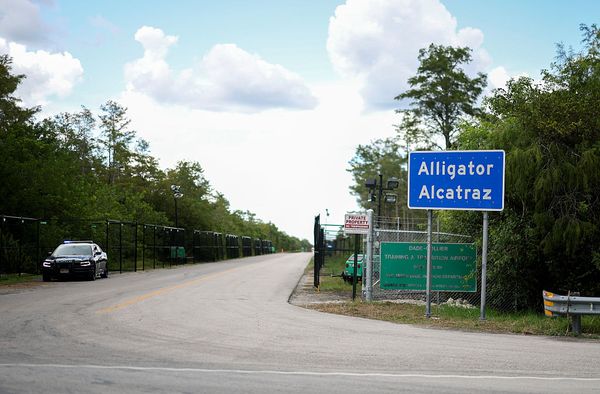
Occidental Petroleum (NYSE:OXY) is repositioning its portfolio and accelerating upstream development following the announced $9.7 billion sale of its OxyChem segment to Berkshire Hathaway (NYSE:BRK) (NYSE:BRK).
The transaction, expected to close by year-end, underscores management’s strategy to reduce debt, reallocate capital, and pursue opportunistic shareholder returns, JPMorgan analysts led by Arun Jayaram noted in a recent report.
During a recent Boston and New York non-deal roadshow, Occidental executives, including CFO Sunil Mathew, COO Richard Jackson, and President of the Permian Babatunde Cole, highlighted the rationale behind divesting OxyChem.
Also Read: Occidental Petroleum (OXY) Shares Are Trading Lower Thursday: What’s Going On?
Management emphasized that chemical margins could remain lower for longer amid rising global export capacity, particularly from China, and that OxyChem now accounts for less than 10% of earnings, down from roughly 20% in 2015.
By contrast, Occidental’s oil and gas production has more than doubled over the same period.
The company anticipates receiving approximately $8 billion in after-tax proceeds from the sale, allocating $6.5 billion to debt reduction.
This move is projected to save around $350 million annually in interest and advance Occidental toward its $15 billion debt target set during the CrownRock acquisition.
The remaining $1.5 billion will bolster the balance sheet and support opportunistic share repurchases. While management explored redeeming preferred equity, this will now occur gradually, beginning in 2029.
Capital freed from OxyChem is earmarked for high-return upstream projects, including water floods in the Gulf of America, enhanced oil recovery (EoR) initiatives in conventional and unconventional plays, and expanded drilling in Oman.
Sustaining capex previously assigned to OxyChem, estimated at $350–$400 million annually, is expected to be redirected to Permian activity. Notably, EoR projects offer internal rates of return of 25–35%, providing a strategic lever to extend U.S. oil supply plateau rates.
Occidental also highlighted operational efficiencies in the Permian Basin, citing a 20% reduction in Delaware Basin drilling times and a 13% drop in overall well costs year-over-year.
These gains, along with a rising focus on secondary benches such as the Avalon Shale and Barnett intervals, are expected to extend inventory and optimize production.
On the chemical side, management acknowledged trade-offs, including $1.7 billion in tax leakage and retained environmental liabilities, primarily at the Diamond Alkali Superfund Site in New Jersey. These are considered manageable within the context of the company’s improving balance sheet, the analysts noted in the report.
JPMorgan maintains a Neutral rating on Occidental with a December 2026 price target of $50, reflecting above-average leverage and modest returns of capital relative to peers.
Key upside risks include higher oil prices, faster deleveraging, and stronger-than-expected upstream or chemical performance. Downside risks encompass lower oil prices, delays in asset sales, elevated capex, and softer chemical demand due to global GDP pressures.
Occidental’s OxyChem sale represents a decisive step in simplifying its portfolio, strengthening financial flexibility, and prioritizing high-return upstream development amid evolving market conditions.
Price Action: OXY shares were trading higher by 0.14% to $42.48 at last check Tuesday.
Read Next:
Photo by IgorGolovniov via Shutterstock







